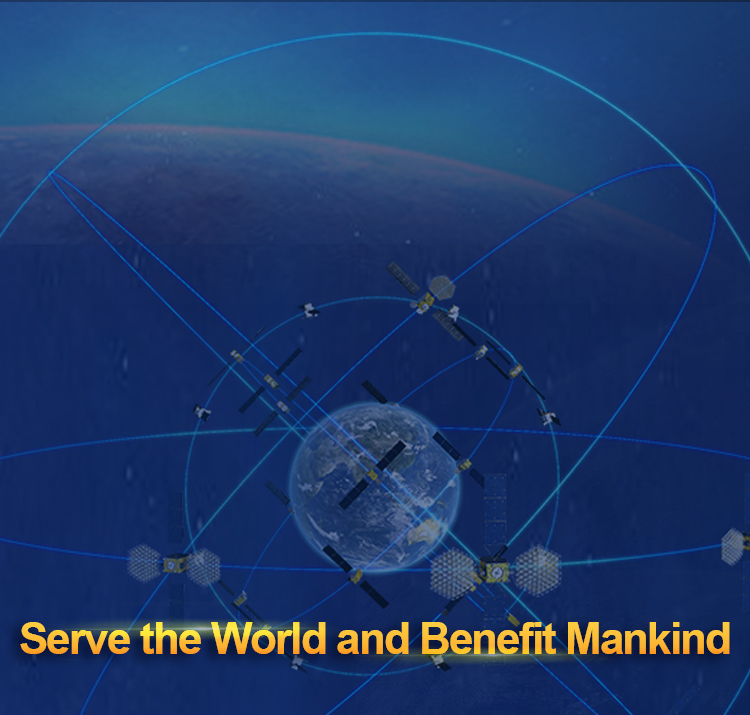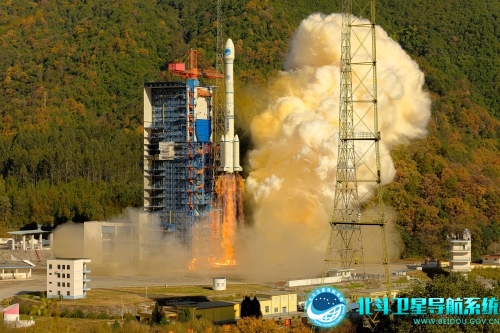



China successfully launched a pair of BDS satellites by a Long March-3B launch vehicle (with an Expedition-1 upper stage) from the Xichang Satellite Launch Center at 15:22, on Dec. 16th, 2019.The pair are the 52nd and 53rd BDS satellites. So far, all of the MEO satellites have been launched, which marked that the core constellation deployment of the BDS-3 global system has been completed. It will further improve service performance and user experience of BDS, and lay the solid foundation for achieving the global capability.
The satellites successfully entered their designated orbits after more than 3 hours of the flight, and will be commissioned after completing the in-orbit test. As the main horsepower of the BDS-3 global system constellation, the BDS-3 MEO satellites mainly provide global users for positioning, navigation and timing services; as well as the global short-message communication, international search and rescue and other featured services.
Among the 24 MEO satellites currently in orbit, 14 satellites are developed by the China Academy of Space Technology, which is affiliated to the China Aerospace Science and Technology Co., Ltd., and 10 satellites are developed by the Innovation Academy for Microsatellites of Chinese Academy of Science. As the project related principals introduced, during the development process of the BDS-3 global system, through strengthening the layout of multiple products and organizing multiple units to tackle key problems simultaneously, the resources of all sides were greatly mobilized, the complementary advantages and collaborative progresses were greatly promoted, the breakthroughs of key core technologies were greatly accelerated, and a benign and mutually beneficial development situation was formed. These advantages play an important role so as to ensure the rapid and effective development of the BDS-3 global system deployment. This is a major measure to innovate the BDS engineering management process, and a beneficial exploration to promote the modernization of governance system and governance capacity among major aerospace projects. Since November 2017, through the joint effort of 7 subsystems, more than 300 research and test units, and more than one hundred thousand scientific researchers, 18 launches have been successfully conducted in succession within only two years. 28 BDS-3 satellites and 2 BDS-2 backup satellites have been successfully injected into the designated orbits. With the high density of 1.2 satellites per month on average, BDS breaks the world record of the launch speed in Global Navigation Satellite Systems (GNSS).
At present, the BDS-3 construction has entered the final stage of sprint. According to the plan, two more GEO satellites will be launched in the first half of next year, and the launch of all BDS-3 satellites will be completed half a year ahead of the scheduled target. The whole BDS team is confident, capable and determined to independently build the world-class GNSS in accordance with the established blueprint. When China’s first centenary goal is achieved and a moderately prosperous society is built in an all-round way, the BDS "global dream" will be realized.
The satellites and the launch vehicle (with an Expedition-1upper stage) for this mission were developed by the China Academy of Space Technology and the China Academy of Launch Vehicle Technology respectively, both are affiliated to the China Aerospace Science and Technology Co., Ltd. The launch was the 321st mission of the Long March rocket series.
